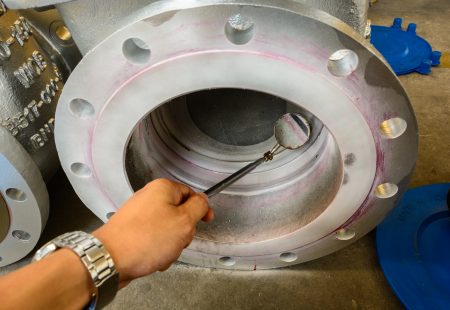- Home
- About
- Training Courses
- ASME Classroom & Virtual Courses
- API Classroom Courses
- E-Learning
- ASME Level 1 eLearning - Full Course
- ASME Plant Inspector Level 1 – Block 1 (Intro and Modules 1 and 2)
- ASME Plant Inspector Level 1 – Block 2 (Modules 3-5)
- ASME Plant Inspector Level 1 – Block 3 (Modules 6-8)
- ASME Plant Inspector Level 1 – Final Examination Module
- ASME Level 2 eLearning - Full Course
- ASME Plant Inspector Level 2 – Block 1 (Modules 1-3)
- ASME Plant Inspector Level 2 – Block 2 (Modules 4-7)
- ASME Plant Inspector Level 2 – Block 3 (Modules 8-10)
- ASME Plant Inspector Level 2 – Final Examination
- API 579 Fitness For Service
- API 571 Corrosion and Materials
- API 577 Welding & Metallurgy
- API 580 Risk Based Inspection
- API 510 CPD Training
- API 570 CPD Training
- API SIFE
- API 1169 Pipeline Inspector Certification Course
- API 936 Refractory Personnel Certification
- Technical Courses
- API CPD Recertification
- Training Courses
- Technical Hub
- Virtual Training
- FAQs
- Contact
- Online Training Portal
- Shop
- Privacy Policy

- In: Training | On: Sep 30, 2020
THE API SOURCE INSPECTOR FIXED AND ROTATING EQUIPMENT ROLE
THE CURRENT TREND is for inspectors who perform their inspections in manufacturing works to be called Source Inspectors, rather than the old term of ‘shop inspector’ or ‘quality inspector’. The API Individual Certification Programme allows inspectors to become certified as an API Source Inspector for Fixed and Rotating Equipment.
Typical job titles in this new world source inspection include:
-Source/Shop inspector
-Authorised inspector (ASME)
-Welding inspector
-Factory acceptance inspector
-Resident inspector
-Quality inspector
What’s the job?
The Source Inspector job involves Inspecting new equipment under construction in the manufacturers work. The activity is witnessing (rather than personally doing) material tests, weld tests, fabrication assembly NDT, pressure testing and visual/dimensional checks against drawings and specifications. Source inspectors work largely alone, reporting to an office-based inspection co-ordinator.
Skill levels and certification
A common route is to start with achieving certification as a welding inspector (PCN/CSWIP/CWI etc.) supplemented by NDT certificates. As a new trend, there is a structure of source inspection certificates (API SIFE/SIRE), widely adopted by many other countries because they don’t have their own.
Our API Source Inspector Training prepares delegates to undertake the API Source Inspector Fixed Equipment and API Source Inspector Rotating Equipment certification examinations.
Practical-v-academic ability?
For static (fixed) equipment such as structures, pressure equipment, cranes etc., source inspection requires practical skills in interpreting codes specification and purchaser requirements. The ability to read engineering drawings and PIDs is essential, plus observation skills and an appreciation of how manufacturing processes are done.
Are source inspection skills transferrable?
Skills are easily transferrable between employers but not easily between disciplines. Static, rotating and electrical equipment inspections are very different subjects and its best to stick to your own discipline. There is often a route into being an inspection co-ordinator, but for this, you need to like sitting in an office.
Salary levels
The LOWEST SALARY levels/hourly rate are for jobs where the source inspector is resident in one or two nearby locations (pipe manufacturing mill, boiler fabrication shop etc.). The technical scope is limited and repetitive but you can sleep in your own bed every night. Rates improve for travelling inspectors who attend multiple works within daily travelling distance.
To achieve higher rates, it is almost essential to take on inspection assignments involving overseas travel to difficult locations and developing countries. Trips can be long and tiring, working entirely on your own in an unfamiliar culture.
Up to 75% of source inspectors are self-employed, in one way or another. This increases your overall income level, with only a marginal reduction in job security.
I don’t want to be a QA Manager
DON’T CONFUSE Source Inspection with being a QA Manager. It’s a different thing.
Want to read more?
For typical job interview questions for source inspector positions, see
www.matthewsintegrity.co.uk/interview-desk/interviews-for-source-inspection-roles.html


